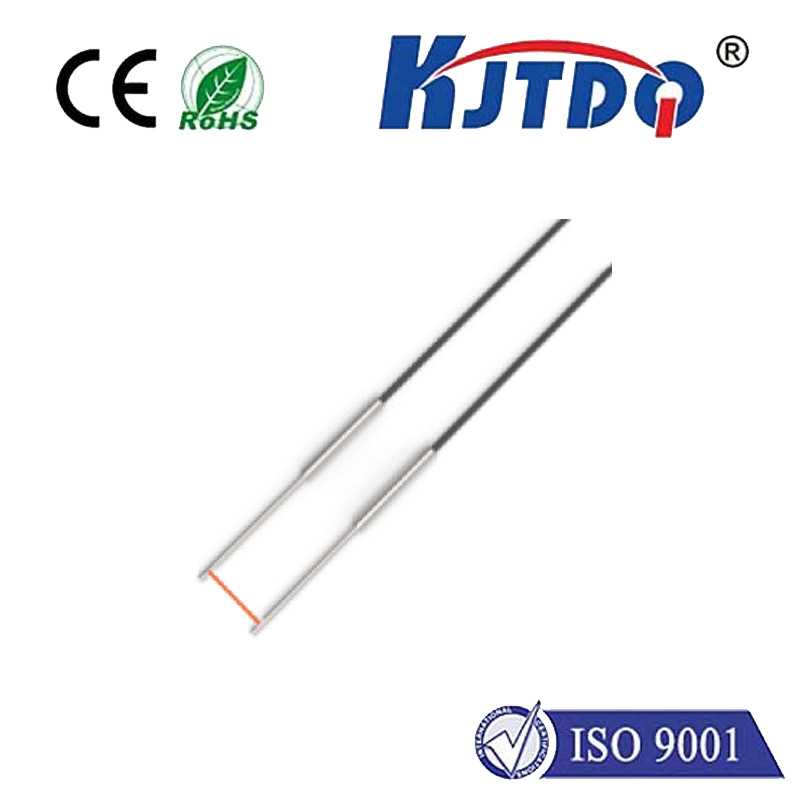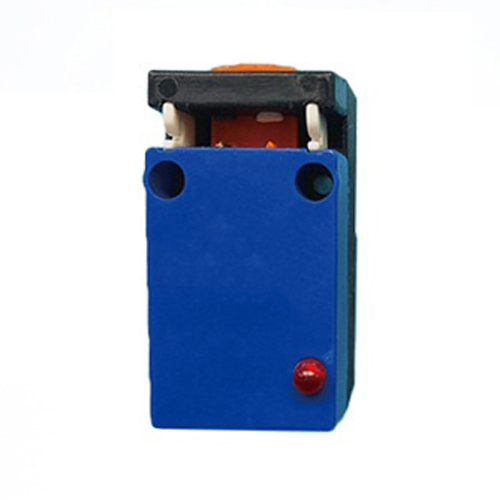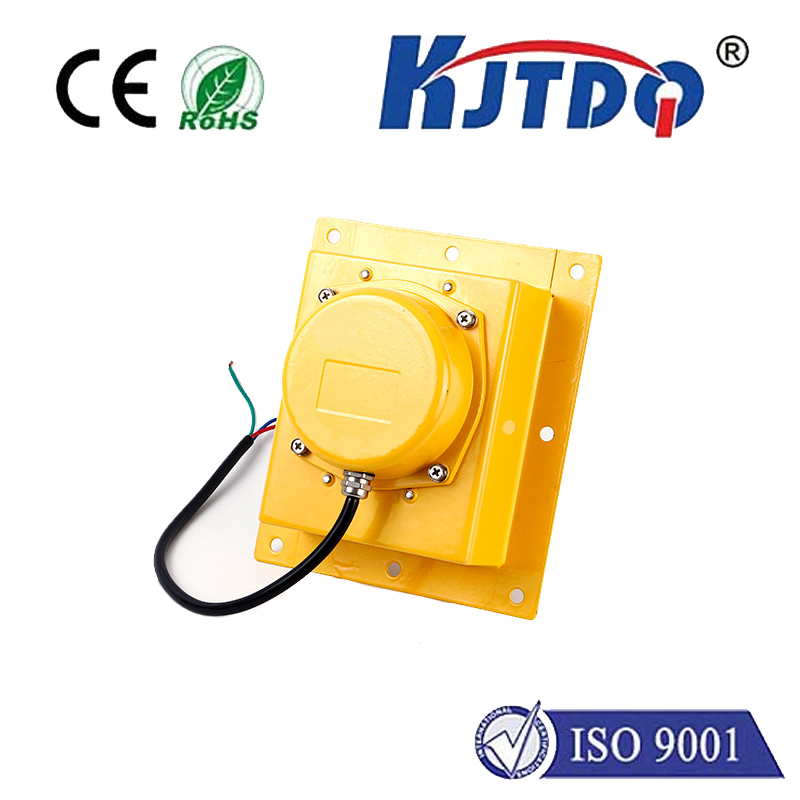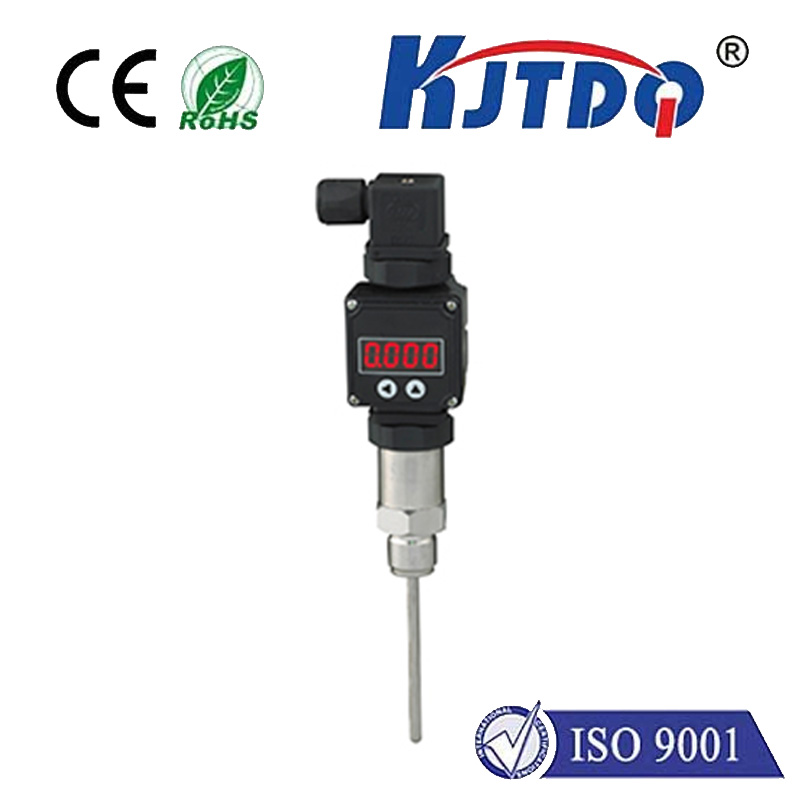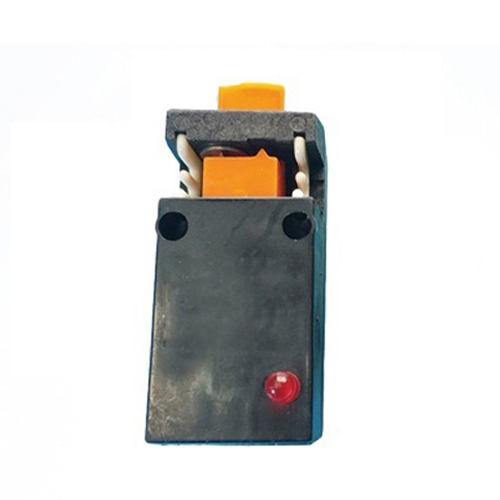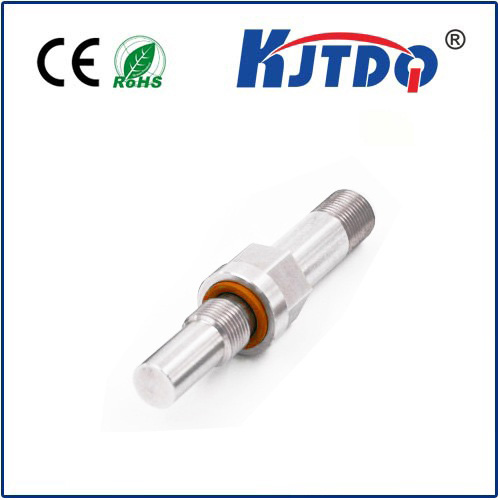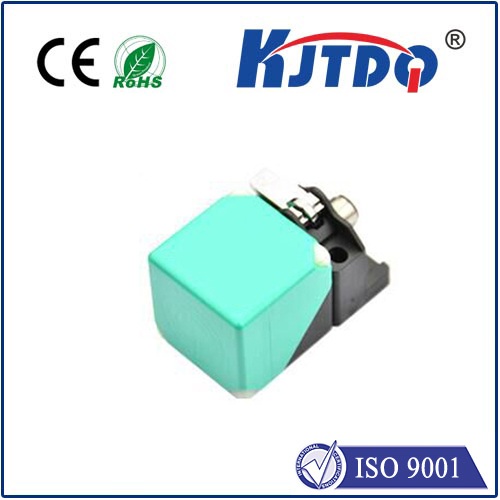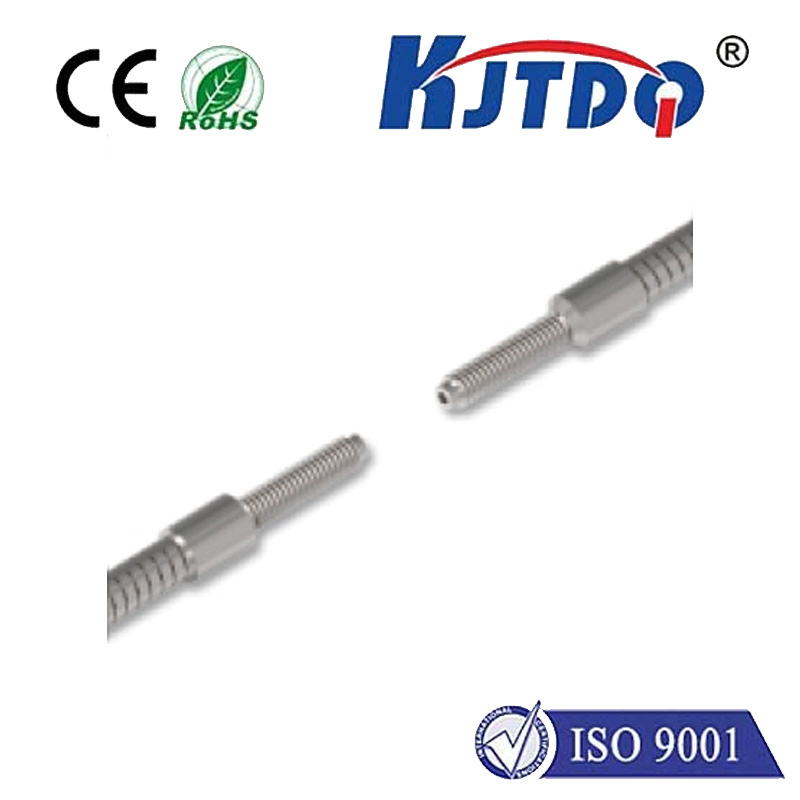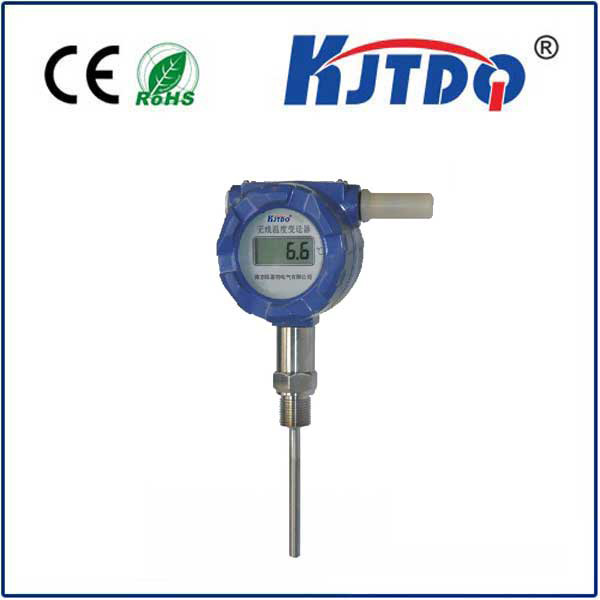ultrasonic sensor proximity detection
- time:2025-06-25 03:14:25
- Click:0
Beyond Touch: How Ultrasonic Sensors Detect Presence with Precision
Imagine a robotic arm gliding seamlessly between components on an assembly line, never colliding; a car smoothly parking itself, stopping inches from the curb; or factory gates swinging open automatically as a forklift approaches. What invisible sense guides these actions? Often, it’s the silent, reliable power of ultrasonic sensor proximity detection. This technology provides critical spatial awareness to countless machines and systems, enabling safe, efficient, and automated operations by accurately sensing the world without physical contact.
Understanding the Core Principle: Echoes as Information
At its heart, ultrasonic proximity detection relies on the same principle bats and dolphins use for navigation: echolocation. Ultrasonic proximity sensors generate high-frequency sound waves, typically above the range of human hearing (usually 20 kHz to several hundred kHz). These sound waves propagate through the air in a specific pattern (dictated by the sensor’s transducer design and beam angle).
When these waves encounter an object in their path, they reflect back towards the sensor. The sensor contains a sensitive receiver designed to detect these returning echoes. The crucial measurement here is the Time-of-Flight (ToF) – the time interval between emitting the sound burst and receiving its reflection.
The Critical Equation: From Time to Distance
Distance calculation is elegantly straightforward. Sound travels through air at a relatively constant speed (approximately 343 meters per second or 1125 feet per second at room temperature). Therefore, the distance (d) to the object is derived from the simple equation:

d = (speed_of_sound * time_of_flight) / 2
We divide by 2 because the sound wave travels to the object and back again. Advanced sensors often incorporate temperature compensation, as sound speed increases slightly with temperature, ensuring continued accuracy across varying environmental conditions.
Key Components and How They Work Together
- Transmitter (Piezoelectric Crystal): When an electrical voltage is applied, this crystal rapidly vibrates, producing the high-frequency ultrasonic pulse.
- Receiver (Piezoelectric Crystal): This component acts in reverse. When incoming ultrasonic waves (the echo) hit it, they cause vibrations that generate a small electrical voltage signal.
- Control Circuitry: This is the “brain.” It triggers the transmitter pulse, precisely measures the time-of-flight between the outgoing pulse and the incoming echo, and calculates the distance. It then outputs this information, usually as an analog voltage, a digital signal (like a switch), or serial data (like I2C or UART).
Why Ultrasonic? Advantages Driving Adoption
Ultrasonic sensors offer a compelling set of benefits for proximity detection and distance measurement:
- Non-Contact Sensing: Essential for detecting delicate, moving, hot, vibrating, or corrosive objects without wear or interference.
- Material Agnosticism: Unlike many optical sensors, ultrasonic waves reflect off most materials – solids, liquids, powders, and even transparent objects like glass or clear liquids. Color and surface finish have minimal impact.
- Robust in Challenging Environments: They perform reliably in environments with dust, smoke, fog, or variable lighting conditions where optical sensors (like infrared or lasers) might fail. Their inaudible operation is also a plus in many settings.
- Relatively Low Cost: Compared to technologies like LIDAR, ultrasonic sensors provide a cost-effective solution for many object detection applications.
- Solid Accuracy for Mid-Range: While resolution might be lower than laser sensors at very long ranges, ultrasonic offers excellent accuracy for typical proximity detection ranges (from a few centimeters up to several meters).
Navigating the Limitations: Where Ultrasonic Faces Challenges
Understanding limitations is crucial for effective application:
- Target Absorption: Soft, fibrous materials (like thick fabric or foam) can absorb sound waves instead of reflecting them clearly, reducing signal strength and detection range.
- Beam Angle and Specular Reflections: The cone-shaped sound beam means the sensor detects anything within that cone. Narrow targets might be missed if off-center. Very smooth, angled surfaces might reflect the sound away from the sensor (specular reflection), causing a missed detection.
- Temperature and Humidity Dependence: Sound speed changes with air density, primarily influenced by temperature. While many sensors compensate, extreme variations or humidity changes can affect accuracy without compensation.
- Audible Noise Interference? While ultrasonic waves are inaudible to humans, very high sound pressure levels can sometimes cause audible harmonics or vibrations on surfaces. This is rarely a significant issue with standard sensors.
- Multiple Sensor Interference: If multiple sensors operate at the same frequency in close proximity, they can interfere with each other. This requires careful synchronization, different operating frequencies, or time-division multiplexing.
Where Ultrasonic Proximity Detection Shines: Real-World Applications
The unique blend of non-contact operation and material tolerance makes ultrasonic sensors indispensable across numerous sectors:
- Automotive: Parking assistance systems (PAS) are the most recognizable use. Sensors detect curbs, walls, and other vehicles, providing audible or visual warnings. Also used in blind-spot detection and automatic braking triggers.
- Industrial Automation & Robotics: Collision avoidance for robotic arms and AGVs (Automated Guided Vehicles). Level sensing for liquids or bulk solids in tanks (water, grain, chemicals). Detecting the presence and height of objects on conveyor belts and in packaging machinery. Position control in automated processes.
- Consumer Electronics: Robotic vacuum cleaners navigate and avoid obstacles. Touchless faucets and soap dispensers detect hand presence. Intruder alarms can use ultrasonic detection for room monitoring.
- Smart Buildings: People counting in rooms for HVAC or lighting control. Automatic door openers triggered by approaching people or objects.
- Agriculture: Liquid level monitoring in large tanks (fertilizer, water). Obstacle detection for automated farm machinery.
- Medical Devices: Non-contact fluid level detection in infusion pumps or dialysis machines. Proximity sensing in some surgical equipment environments.
Choosing and Implementing Effectively
Selecting the right ultrasonic sensor involves several considerations:
- Required Range: Choose a sensor whose specified maximum range comfortably exceeds your application’s needs, providing a buffer.
- Target Material: Ensure the material reflects sound waves adequately. Test if unsure.
- Mounting and Beam Angle: Consider the physical space, mounting location, and the beam width needed to reliably detect your target. Narrow beams are precise but require better alignment; wide beams are forgiving but less discriminating.
- Output Type Needed: Does the application require a simple on/off switch at a set distance, a variable analog output proportional to distance, or digital data communication?
- Environmental Factors: Account for operating temperature range, potential for condensation/dust ingress (IP rating), and any high background noise.
- Integration: Ensure compatibility with controller inputs (voltage levels, signal types).
The Silent Guardian
Ultrasonic sensor proximity detection technology provides a robust, versatile, and cost-effective solution for countless applications requiring awareness of surroundings. By harnessing the power of inaudible sound wave echoes and precise time-of-flight measurement, these proximity sensors enable machines to “see” their environment without light and interact safely and intelligently. From the car parking itself in your garage to the complex dance of a robotic assembly line or ensuring precise levels in an industrial tank, ultrasonic sensors are the often-unseen guardians facilitating automation, safety, and efficiency across













